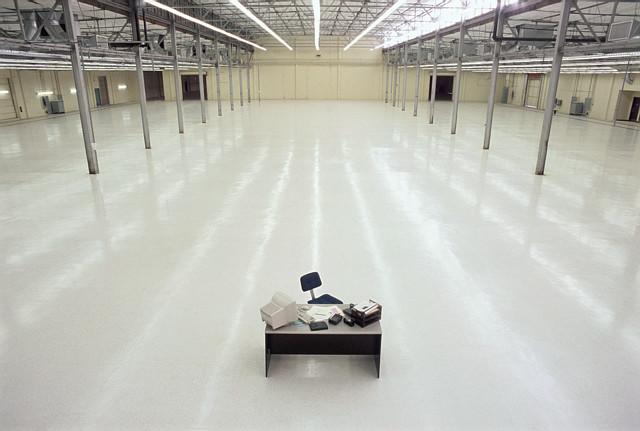15 years ago I took a management strategy class at Harvard Business School being taught by Professor Clayton Christensen who was mostly talking about disruptive innovation. At the time Christensen was wildly famous, at least as far as business thinkers can be. He had recently published Innovators Dilemma and was on the cover of popular business magazines. Now I had been cold-called three times in as many days so I was really paying attention. What Christensen then proffered was this gem of management advice:
He went on to explain.
Imagine if you ran a company that manufactured and sold widgets; imagine further that you have a factory in Colorado that is running at 50% capacity. What are you going to do as a manager?
You're obviously going to focus on selling more widgets so that you can improve capacity utilization and therefore profits. But the reverse is also true.
Let's say that you have some extra capital to invest, how do you allocate that to projects that align with your strategy?
The answer is to create capacity in the direction you want your business to move. For example, if you want to increase sales, hire sales people, if you want to expand your product portfolio, hire developers, etc.
The problem with capacity is that it can often be fixed instead of variable cost. Even labor costs can be "short term fixed" expenses since hiring and firing is time consuming and disruptive to the organizational culture. So many software product development projects have a large up front requirement for technical, design, QA and management resources and then after delivery the support requirements are much different and smaller.
So as you think about making technology and other investments, think about whether those increases in capacity are aligned with your business strategy. Similarly, if you find yourself with unexpected excess capacity, think carefully about whether you should prune capacity or find a way to fill it.



